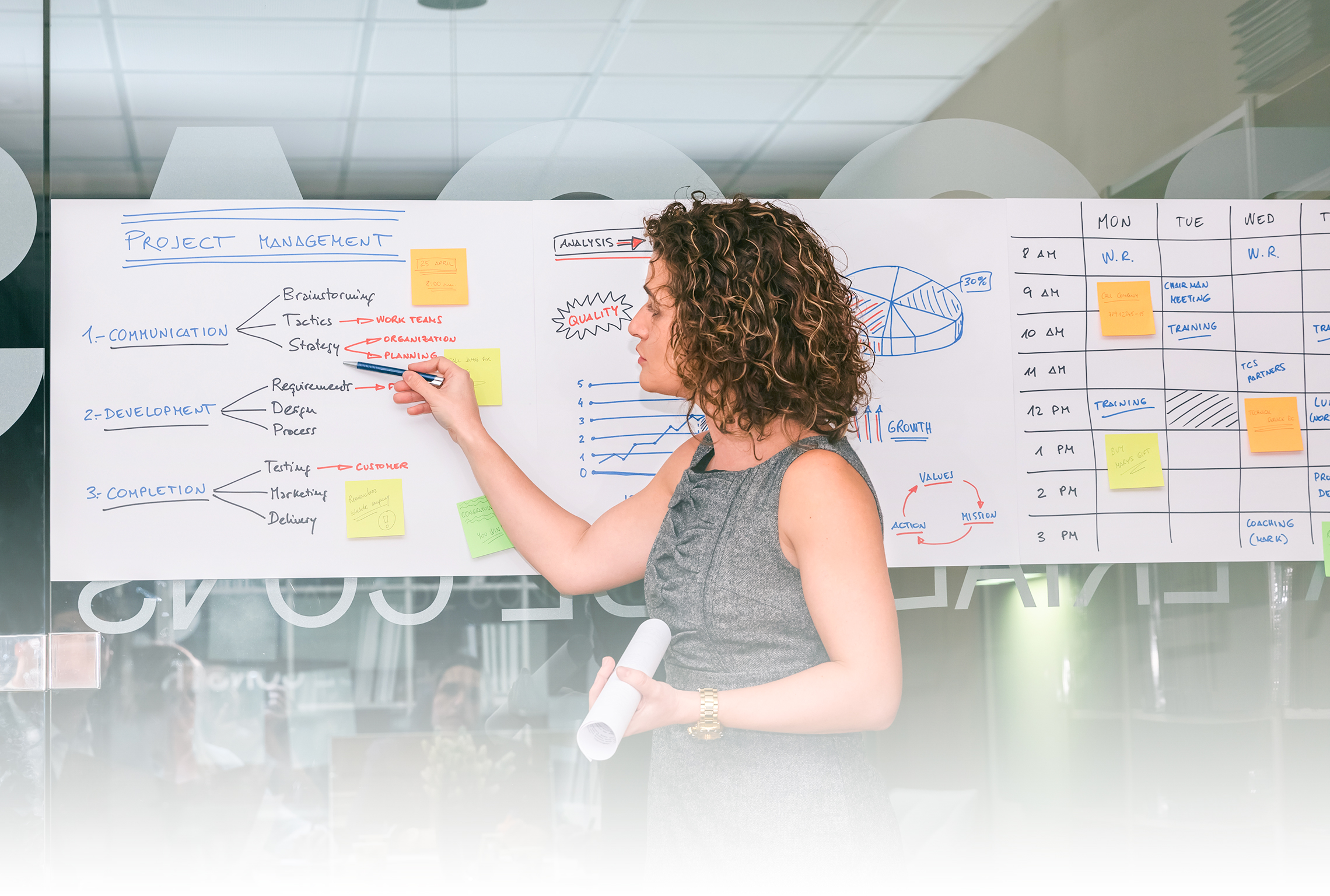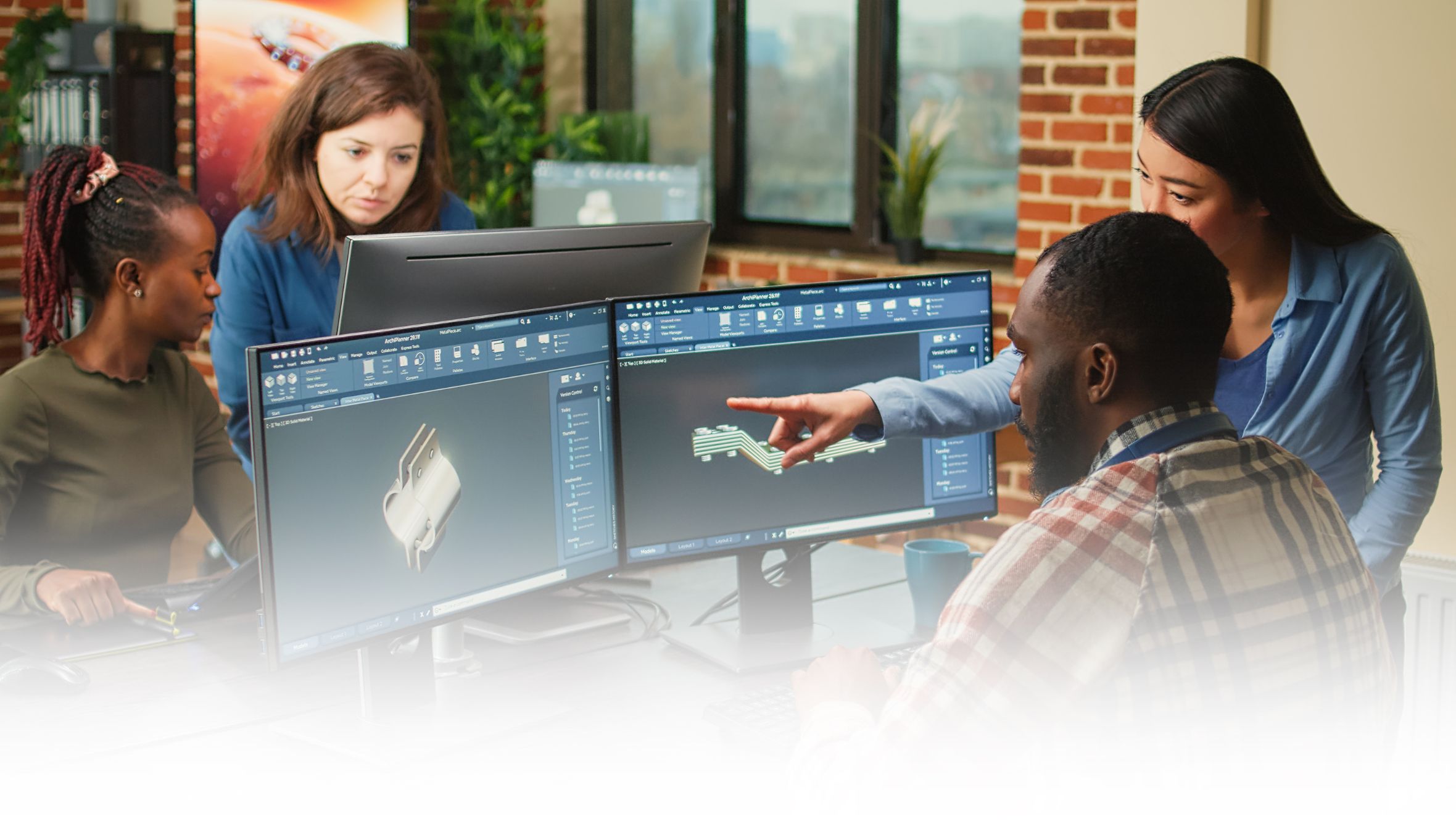The Crucial Role of Effective Product Development Techniques
Effective product development techniques play a pivotal role in the success and competitiveness of businesses.
Project Management
December 22, 2023
12 minutes read

“”
The primary objective of product development is to meet the needs and preferences of the target market while considering factors like cost, quality, and time-to-market.
Product development and project management are closely related disciplines, but they have distinct roles and objectives.
Product development is the process of bringing a new product or service to market. It encompasses a wide range of activities, from idea generation to market launch. Project management, on the other hand, is a subset of product development that focuses on planning, organizing, and executing the development tasks within a specific timeframe and budget.
Both product development and project management involve collaboration between various teams, including engineering, marketing, design, and sales. However, the focus of their collaboration differs. Product managers are responsible for defining the product’s vision and ensuring it meets customer needs. On the other hand, project managers are responsible for ensuring that the project is delivered on time and within budget.
What is product development?
Product development is the process of creating and bringing a new product or service to the market. It involves a series of stages, starting from the conception of an idea to the final launch and ongoing improvement of the product. This comprehensive process includes activities such as idea generation, market research, design, prototyping, testing, and commercialization.
The primary objective of product development is to meet the needs and preferences of the target market while considering factors like cost, quality, and time-to-market. Successful product development requires collaboration across various disciplines, including design, engineering, marketing, and quality assurance.
The importance of effective product development techniques
Effective product development techniques are crucial for several reasons, playing a pivotal role in the success and competitiveness of businesses. Here are key aspects highlighting the importance of employing effective product development techniques:
Innovation and Competitiveness:
Effective product development techniques foster innovation, allowing businesses to create new and improved products. This innovation is a key driver of competitiveness, enabling companies to stay ahead in dynamic markets.
Customer Satisfaction:
Techniques such as user-centered design and continuous improvement prioritize understanding and meeting customer needs. By delivering products that resonate with customers, businesses can enhance satisfaction and build long-term relationships.
Time-to-Market Efficiency:
Efficient product development techniques, such as Agile methodologies, help reduce the time it takes to bring a product from concept to market. This agility is vital in responding swiftly to market demands and staying relevant in fast-paced industries.
Cost Management:
Implementing effective techniques contributes to cost efficiency by minimizing waste and optimizing processes. This is essential for controlling development costs and improving the overall profitability of a product.
Risk Mitigation:
Rigorous testing, prototyping, and customer development techniques contribute to risk mitigation. Identifying and addressing issues early in the development process minimizes the risk of costly errors and increases the likelihood of successful product launches.
Quality Assurance:
The emphasis on quality throughout the development process ensures that products meet or exceed customer expectations. Effective product development techniques contribute to the creation of high-quality products, enhancing brand reputation.
Adaptability to Change:
Techniques like the Lean Startup Method and Agile methodologies promote adaptability. This is crucial in markets where change is constant, allowing businesses to pivot, adjust strategies, and respond effectively to evolving customer needs and industry trends.
Cross-Functional Collaboration:
Product development involves collaboration among various departments, including design, engineering, marketing, and sales. Effective techniques facilitate seamless communication and collaboration, ensuring that all aspects of a product align with the company’s vision.
Brand Reputation:
Consistently delivering successful products through effective development techniques contributes to a positive employer branding and brand reputation. A strong brand reputation builds trust among consumers, leading to increased loyalty and positive word-of-mouth.
Long-Term Sustainability:
Businesses that invest in effective product development techniques are better positioned for long-term sustainability. By staying responsive to market dynamics and continuously improving products, companies can withstand challenges and remain competitive over time.
Market Differentiation:
Techniques such as design thinking and user-centered design contribute to creating unique and differentiated products. This differentiation is crucial for standing out in the market and attracting a loyal customer base.
Strategic Alignment:
Effective product development techniques align with the overall strategic goals of the organization. This ensures that product development efforts contribute directly to the company’s vision and mission.
Key Stages of Product Development
Successful product development requires collaboration among cross-functional teams, including product managers, designers, engineers, marketers, and quality assurance professionals. The process aims to deliver a product that not only satisfies customer needs but also aligns with the company’s strategic goals and contributes to its overall success.
Idea Generation: The process begins with brainstorming and identifying opportunities for new products or improvements to existing ones.
Market Research: Understanding the target market, customer needs, and competitors is crucial for informed decision-making throughout the development process.
Concept Development and Screening: Developing a detailed concept of the product and evaluating its feasibility, market potential, and alignment with business goals.
Business Analysis: Assessing the financial viability of the product, including cost estimates, pricing strategies, and revenue projections.
Design and Prototyping: Creating detailed product designs and building prototypes for testing and refinement. This stage may involve multiple iterations to ensure the product meets specifications.
Testing and Validation: Conducting rigorous testing to ensure the product functions as intended and meets quality standards. This can involve alpha and beta testing phases.
Market Testing: Introducing the product to a limited market to gather feedback and assess its acceptance and performance.
Commercialization: Scaling up production, marketing, and distribution for a full market launch. This stage involves coordinating various departments, including manufacturing, marketing, and sales.
Launch and Distribution: Introducing the product to the wider market through various channels, such as retail, e-commerce, or partnerships.
Post-Launch Evaluation: Continuously monitoring the product’s performance in the market, gathering customer feedback, and making improvements or updates as needed.
Essential Product Development Techniques
Product development methodologies and techniques are often used in combination, and their effectiveness depends on the specific context of the product, the industry, and the goals of the development team. Choosing the right combination for a given project can lead to more efficient, customer-centric, and successful product development outcomes.
Lean Startup Method: Minimizing waste and optimizing efficiency in the product development process. Emphasizes building a minimum viable product (MVP) quickly, testing it in the market, and iterating based on feedback.
Design Thinking: Human-centered approach to problem-solving and innovation. Involves empathizing with users, defining problems, ideating solutions, prototyping, and testing, with an iterative mindset.
Agile Methodology: Flexibility and collaboration in the development process. Breaks down the development process into small, iterative cycles (sprints) with regular reassessment and adaptation to changes.
User-Centered Design: Placing the needs and experiences of end-users at the forefront. Involves understanding user behaviors, preferences, and pain points to inform the design and development process.
Rapid Prototyping: Quickly creating a preliminary version of a product for testing and feedback. Involves building simple and scaled-down versions of a product to gather insights early in the development process.
Customer Development: Understanding and validating market demand through direct customer interaction. Involves talking to potential customers, testing hypotheses, and adjusting the product based on real-world feedback.
Product Roadmapping: Planning and visualizing the future development of a product. Involves creating a strategic plan that outlines the features, improvements, and milestones for a product over time.
Continuous Improvement: Ongoing refinement and enhancement of processes and products. Encourages a culture of constant evaluation, learning, and adaptation to improve both the development process and the product itself.
Selecting the Right Techniques in product development
Selecting the right product development techniques is a crucial decision that depends on various factors. Here are key considerations and factors to keep in mind when choosing and tailoring techniques to specific product and market goals:
Nature of the Product:
Consider the type of product you are developing. For example, the approach for a software product may differ from that of a physical product. Tailor techniques to align with the specific characteristics and requirements of the product.
Market Dynamics:
Analyze the market conditions, including competition, customer preferences, and trends. Techniques should be selected based on how well they align with the demands and expectations of the target market.
Resource Constraints:
Assess the available resources, including budget, time, and human resources. Some techniques may require more extensive resources than others, and the feasibility of their implementation should be considered.
Risk Tolerance:
Evaluate the organization’s risk tolerance. Some techniques, such as the Lean Startup Method, involve rapid iterations and experimentation, while others may follow a more structured and risk-averse approach. Choose techniques that match the organization’s risk appetite.
Team Expertise:
Consider the skills and expertise of the development team. Some techniques, like Agile Methodology, may require specific training and a certain skill set. Choose techniques that align with the team’s capabilities or invest in training to enhance their skills.
Customer Involvement:
Assess the level of customer involvement desired or required. Techniques like Customer Development and User-Centered Design place a strong emphasis on customer feedback. Select techniques that facilitate meaningful customer engagement based on the goals of the product.
Project Complexity:
Evaluate the complexity of the project. Complex projects may benefit from techniques that allow for incremental progress and frequent reassessment, such as Agile, while simpler projects may follow a more straightforward development approach.
Life Cycle Stage:
Consider the stage of the product life cycle. Techniques suitable for the early stages, such as Rapid Prototyping and Lean Startup, may differ from those employed during the later stages when scaling and optimization become critical.
Strategic Objectives:
Align techniques with the strategic objectives of the organization. For example, if speed to market is a priority, Agile methodologies may be more suitable, while a focus on disruptive innovation might lead to the adoption of Lean Startup principles.
Flexibility and Adaptability:
Choose techniques that allow for flexibility and adaptation. The ability to pivot and make adjustments based on changing market conditions or new insights is essential in dynamic environments.
Regulatory Compliance:
If the product is subject to specific regulations or compliance standards, consider techniques that facilitate adherence to these requirements. This is particularly important in industries with strict regulatory frameworks.
Feedback Loops:
Assess the availability and frequency of feedback loops. Techniques that emphasize continuous feedback, such as Agile and Lean Startup, may be more suitable for environments where regular input is readily accessible.
By carefully considering these factors, organizations can tailor their product development techniques to align with specific product and market goals, increasing the likelihood of successful outcomes and meeting the unique challenges of their projects.







